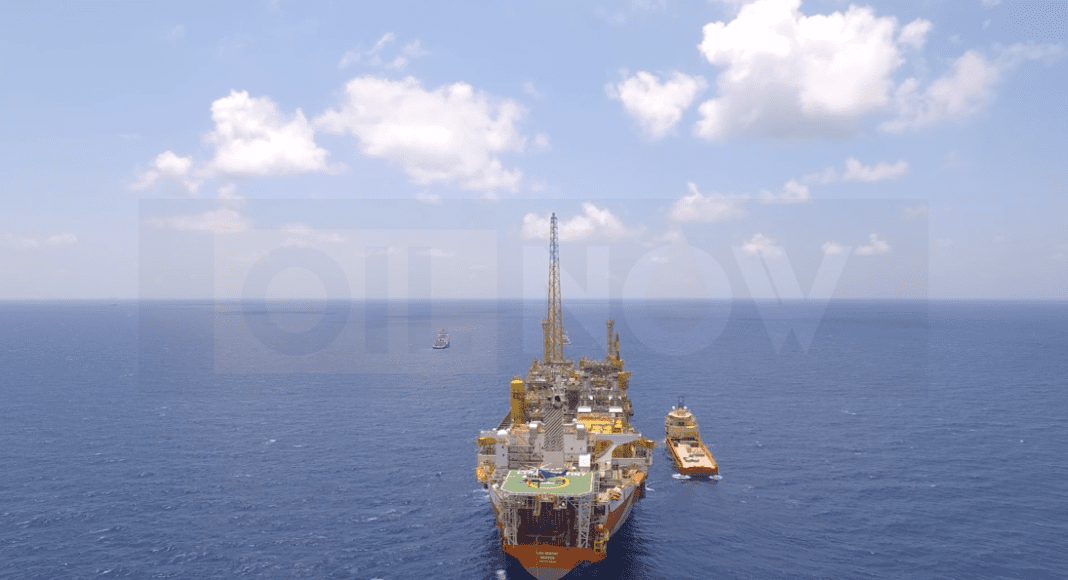The 120,000 barrels per day Liza Destiny FPSO producing oil at the Stabroek Block offshore Guyana was designed to ensure there is no routine flaring in the daily operations of the vessel.
Operating processes during production operations include safely flowing the reservoir hydrocarbons from the wells to the FPSO, where further processing, storage, and management occurs prior to offloading the oil to the conventional tankers.
As part of the start-up phase of oil production, which began last December, systems are checked over a period of time to ensure optimal performance as production is gradually ramped up to peak output of 120,000 barrels of oil per day. It was during this period of production ramp up that a challenge was encountered with the gas handling system in May resulting in an extended period of flaring which became necessary as part of safety measures.
“As we increased production in mid-May, we encountered some issues with the compressor system during a performance test. Repairs were initially delayed in order to observe travel restrictions and safety and isolation protocols related to the COVID-19 pandemic,” Senior Director of Public and Government Affairs at ExxonMobil Guyana, Deedra Moe, said on Wednesday.
The official explained that flaring is a safety device that allows for excess gas that might be in the reservoir to be safely burned off. In keeping with ExxonMobil’s commitment to minimize flaring in its operations, she said the Liza Destiny was designed to minimize this process. “We designed the Liza Destiny to not have routine flaring,” she said, explaining that while this was necessary due to the challenge with the gas handling system, “that is not how the system is designed.”
Moe said the company is working to address the challenge so that gas can be fully reinjected into the reservoir and in the interim, has been taking steps to reduce flaring by cutting production. “It is one of the ways we can help reduce the amount of flaring and that is one of the things that we work closely with the EPA and Department of Energy to ensure there is alignment moving forward so we took steps to ensure we minimize the flaring as much as possible until we resolve all issues.”
Environmental commitments the company has made for the Liza Phase 1 Development comprise the implementation of measures to manage emissions to the atmosphere and includes re-injecting produced gas which is not utilized as fuel gas on the FPSO to avoid routine flaring.
Liza Phase 1 includes 17 subsea development wells utilizing the FPSO to process, store, and offload recovered oil. The Liza Destiny is connected to the wells via a series of subsea umbilicals, risers, and flowlines (SURF), to transmit oil, gas, and water from production wells to the vessel, as well as treated gas and water from the FPSO to the injection wells.
The Project consists of five primary stages: drilling, installation, hook-up and commissioning, production operations and decommissioning.
At peak production during Phase 1, the Liza Destiny will offload up to 1 million barrels of oil to a tanker approximately every 5-10 days.
Guyana has already lifted two cargoes as part of its entitlement.



